
Since then, the Defense Health Agency has centralized resources and has been transferring military health to civilian rails to save money and provide for more dependents and pensioners. For their part, military commanders, faced with the health care system that did not meet their tasks, began to pay medical assistance from their operational budgets.
This innovative medical care, implemented at the level of units and outside military medical institutions, combines primary and psychological assistance and maintain a person's performance within the interdisciplinary team approach. It helps servicemen to receive the necessary assistance for less than the budget of the Agency for Health. This decentralized health care system is focused on specific tasks and has been used by the command of special operations over the last 20 years.
Focus translated Philip Flatu's article on how the US is looking for a healthcare model for the army. In the current military health care system, the serviceman is asked to make a 15-minute reception at the Primary Medical Assistance Clinic. If the system works as designed, after a few weeks or even months the serviceman gets to the desired specialist, while the unit and the mission remain without a working team member. Yes, there is a discrepancy between the two systems.
This is due to the fact that operatives, unlike the health care agency, prefer relationships, accessibility, cost savings, risks and maintain the moral spirit. The built -in model provides maneuverability and decentralized performance necessary for the proactive support of the fighter in future battles. Military health is a vital part of the Joint Forces. It should meet the standards to which the Chairman of the Joint Committee of Chiefs of Staff, General K. K.
Brown, Air Mobility Chairman General Mike Minihan and former head of the Special Air Force Command General Jim Slif. Currently, there are no concepts in the centralized bureaucratic system of the Agency for Health Agency, which are sought by the Joint Armed Forces, namely: flexibility, autonomy, innovation, adaptation, cooperation, risks, promotion of command command and expanding its performance.
Instead, the current military health care system is focused on financial efficiency and administrative performance. This contradiction forced military doctors to doubt the priority of the agency and its support of operational tasks. Since the heads of combat units require a rapid and inexpensive expansion of integrated operational support, their demand is a pre -emptive indicator of the needs of the Armed Forces.
Is the military health care system ready to take operational and medical risk associated with the satisfaction of medical needs behind the walls of the clinic to meet this growing demand? In the early 2000s, the US Special Operation Command proclaimed a change in the military health care paradigm by transferring military personnel to a kind of tactical athletes.
This decision is due to the idea that "injuries of the musculoskeletal system are the cause of the greatest number of treatment for doctors and losses of working time among servicemen. " Thanks to the introduction of complex medical crews in the troops to care for operatives, the model of special operations has spread to ordinary forces.
Today, there are many models of health care at different bases and in different troops, as the effectiveness of interdisciplinary support continues to find supporters. One of the most obvious signs of efficiency is the flow of funding: commanders pay these programs from their operational budgets. In contrast, the Ministry of Defense Agency centralizes resources. This was done - undoubtedly with the best intentions - to improve access to medical care for dependents and veterans.
However, in fact, it turns out that they are not familiar with the operational specificity of medical facilities now focused on bureaucratic effectiveness requirements. This, for its part, detrimental to the survival, stability, power and readiness of the Armed Forces. The former chairman of the Joint Committee of Staff Chiefs, General Mark Millie, expressed specific concern about such mismatch.
When a defense health agency proposed to reduce nearly 13,000 military health jobs by transferring many personnel in the current army to civilian positions that are not subject to surgical deployment, "Millie asked whether doctors remain sufficient , nurses, paramedics and physicians for staffing of combat hospitals and combat units.
" According to the Report of the General Inspector of the Ministry of Defense, the response of the Health Agency to the COVID-19 threat answers Millie's questions categorical "No". The response of the Covid-19 deprived military medical institutions of all specialists, except for those who provide assistance in crisis situations, in fact, ceasing any assistance aimed at increasing survival, vitality and combat.
The bureaucratic system of military health care is still focused on providing medical care in hospitals and clinics that mimic the situation in civilian hospitals. As a result, ordinary hospitals are aware of the new concepts of integrated operational support. Even more, the medical staff is that the financing of the integrated medical model is carried out at the expense of operational budgets not related to medicine - that is, the funds "on the ball, beans and bandages", as they say, in space.
According to my correspondence with the command of the A1Z Air Force, in the face of James Biti and the head of the department of sports medicine, Lieutenant Colonel Jordan Richardson, the budget of the US Special Operations Command for 2023 is only $ 100 million, while the commander of the Air Force invited almost $ 76 million. integrated health care required to complete their tasks.
If you round $ 176 million to $ 200 million, the total "request" for promptly oriented health care will still be a small part in the portfolio of the military health care system for the 2023 financial year worth $ 55. 8 billion. The basic concept of integrated medical teams is not new.
Athletes at the professional and collegial level have been enjoying the advantages of this model for over 100 years: at first it was adopted by "coaches", then doctors of sports medicine (for example, team doctors), physiotherapists, nutritionists, sports psychologists and other auxiliary medical professionals. The first aviators also had a similar advantage, an example of a career of Major General Malcolm Grove, who joined the US Army Medical Service in 1917. Dr.
Grove studied the impact of the aviation environment on the human body. The new one is only that more and more operational commanders spend more operational dollars on integrated operational support to fill the gaping holes in health care of military personnel. The success of integrated operational support is based on five basic principles: relationships, accessibility, cost savings, risks and maintaining a moral spirit. The first principle is relationships.
Within integrated operational support, the basis is teamwork between a multidisciplinary group of doctors and an operational command. This work is based on the development of relationships and trust that arises on their basis. Trust is developing as soon as possible by sharing experience within the operational units. Built -in health care programs are united by those who provide assistance, allowing you to develop relationships.
Trust makes it possible to apply a preventive approach to health care, which is directly related to the operational situation. Through understanding of operational requirements for, during and after hostilities, integrated medical teams ensure the readiness, relevance and reliability of medical care to the soldiers. The military health care system does not have more priority values than trusting relationships between healthcare professionals and the command of the operational link.
The second principle is the need to ensure unobstructed access to a multidisciplinary medical team. This is contrary to the standard purpose of providing effective service through "referral to primary care professionals, 15-minute reception and a grueling recording to narrow specialists. " Even with the best service within such a model, many servicemen go beyond the system to receive the medical care they need.
Hardness and centralization exist in order for a military health care system to meet the needs of servicemen, their families, pensioners and other beneficiaries, despite the lack of resources, access barriers and inevitable misunderstandings that arises from a detachment from the service of a serviceman. The Rand's study conducted in 2020 has noted that access is a key component of different programs of integrated operational support model.
In this regard, access to medical care should be determined by operational priorities, not the budgets or efficiency priorities assigned by the Health Defense Agency. The third principle is cost savings. Previously, these programs have relied on subjective cases, but modern research allows you to measure success with the help of tools created to evaluate the rules of the hospital.
Imagine a physiotherapist at a large hospital with a contingent of 4000 people who should receive 15 patients a day (servicemen, members of their families, pensioners, etc. ) to meet the access and expenses established by the Ministry of Defense Agency. In an integrated model, a physiotherapist can have only a few hundred patients, but each of them brings more than $ 1 million in military investments needed to perform combat missions.
A physiotherapist who works on a hospital model cannot compete with such a ratio of direct support for combat missions, and a physiotherapist who works on an integrated model will not achieve access to the population and expenses. The integrated model loses when evaluating hospital tools, but if the metric is combat efficiency, then the integrated system wins.
Military leadership and Congress are discussing and legally establishing this balance, sometimes with conflicting formulations on both sides. Fortunately, research continues to give an idea of priorities. The study of the preparation of recruits, conducted in 2021 at the Air Force, showed that every dollar spent on a built -in integrated integrated operational group of sports medicine allows to save $ 10 for deductions in connection with injuries.
A similar, but much larger study of 2022 in the army, showed that every dollar spent on integrated medicine saves 4 dollars. The third priority, thus, measuring cost savings not in suburban clinics for dependents and pensioners, but in thick events. The fourth principle is to take risk. The integrated healthcare model provides medicine at the level of the unit in accordance with "the desire of the highest military leadership for decentralization and transformations.
" Like their operative colleagues, medical heads should focus on the risk of mission, and the risk-related risk should remain minor. Despite the tendency of the health care agency to avoid risks, operative commanders tend to greet the risk if they can be minimized and if they have a confirmed recommendation from the medical executives they trust.
Can a military health care system take a greater risk to improve the quality of medical care? Of course, the basic standards and confirmation of the powers of doctors are crucial. But the polyclinic in the suburbs with a large number of civilians is significantly different from what is needed in the operational unit. Priority should remain for combat companions. Finally, the fifth principle is the moral spirit.
Increasing the moral spirit of servicemen receiving prompt, relevant, multidisciplinary care at the unit level, creates communications that strengthen trust, stimulate reports of injuries and increase the level of maintenance of personnel, which allows to save money and time.
For example, a training wing of special fighting of the Air Force in an unpublished report on work with people I received in 2022, notes that 70% of those polled, who got acquainted with the integrated model, reported that the presence of services to optimize work with people influenced their decision stay in the army. 90% replied that the presence of integrated medical care forced them to seek help in connection with injuries and problems that they could not notify.
The moral condition is also important for health workers. In a study on the problem of burnout in one of the military medical centers, 56% of medical workers noted emotional exhaustion, 30% - depersonalization and 91% - a feeling of lack of personal achievements. Regardless of the profession, servicemen want to be valued to be trusted and that they are related to a team that fulfills their mission.
The expanding research array shows that the integrated model provides such opportunities, which is why I remained in the Air Force, while many of my other medical colleagues are released. Another positive aspect of the model is its potential impact on the recruitment. The Ministry of Defense is difficult to achieve the goals from the recruitment, since a record low number of people is suitable for service, and only some of them want it.
The internal study of the Ministry of Defense states that "more than half of young Americans who answered the questionnaire - about 57% - believe that after service in the army they will have emotional or psychological problems. Almost half believes that they will have physical problems ". An integrated health care model can have a potential effect on the call if it is appropriately covered and advertised to resist this predominant opinion.
Heads of medical departments are constantly faced with problems, in particular with the impossible task of balanced support of the military health care system of servicemen, members of their families, veterans and other beneficiaries in accordance with the instructions of the Congress. But if everyone becomes priority, there is nothing left in priority.
The contradictions of my contradictions should prompts discussions, which will lead to a conscious definition of priorities with the help of an integrated model of prompt support, which will provide medical maneuverability and autonomy necessary to support the current requirements of strategic competition and preparation for future battles. This model can be developed and extended to the command of special operations of US and Air Force at the expense of 0. 3% of the military health care system.
For all the forces of combined, it should not exceed 2%. The scaling of an integrated multidisciplinary model will allow you to distribute part of hospital and clinical assets by operational units at medical departments of services. The transition of the Defense Health Agency to the service of recipients of service will also provide the medical units of the agencies with a clear orientation to the more urgent and effective service of servicemen.
The acceleration of changes will require difficult decisions and a clear understanding of operational priorities. With the centralization of resources of the Agency for Defense Health and the transfer of forces to the civil basis, operational managers develop ways of integration of medical professionals into their formation.
The integrated operational support model is relevant and cost -effective and provides positive results in many industries, including relationships, access, cost savings, risk and moral spirit.
Військова система охорони здоров'я та Агентство з охорони здоров'я повинні впроваджувати інновації та трансформувати свій підхід до оперативної медичної підтримки — інакше оперативні керівники дедалі частіше витрачатимуть кошти на бинти, кулі та боби. Філіп М.
Флатау — підполковник, заступник командира 51-ї медичної групи, авіабаза Осан, Республіка Корея. Як заступник командира він забезпечує керівництво та управління особовим складом трьох ескадрилій найдальшого постійного авіакрила ВПС.


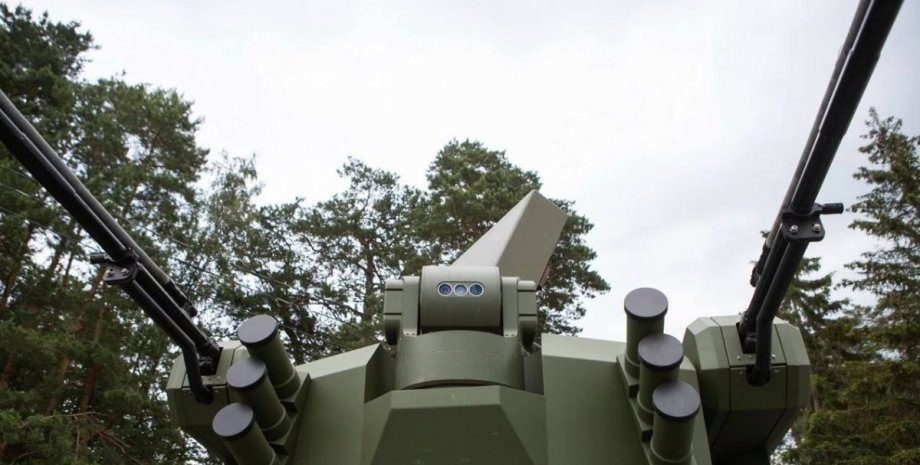
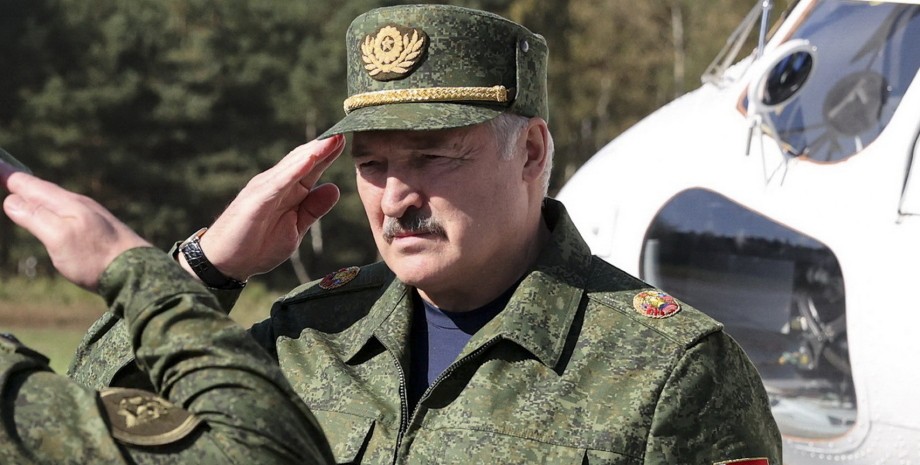
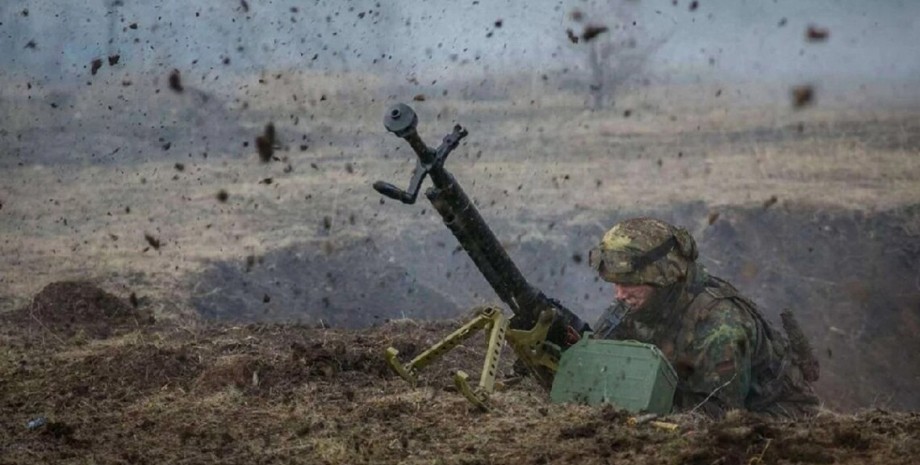

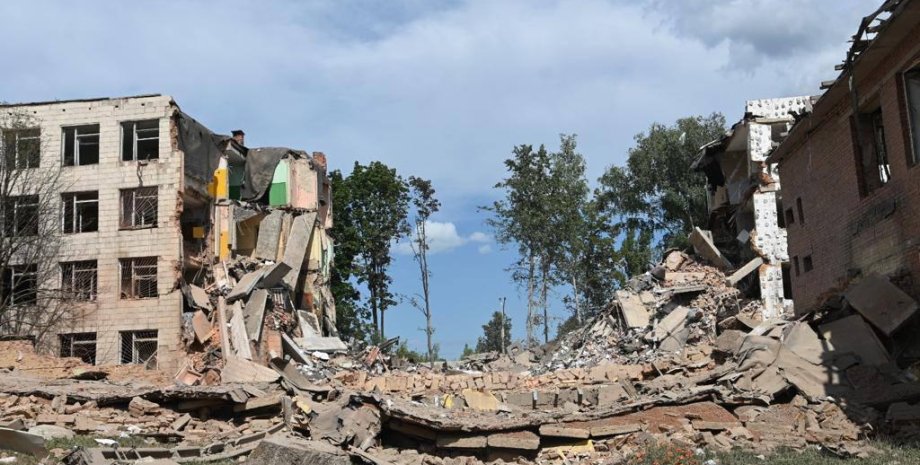
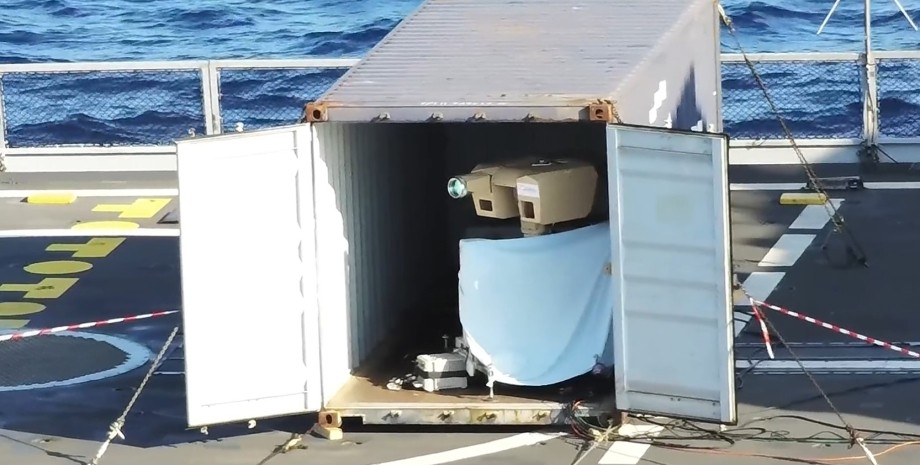
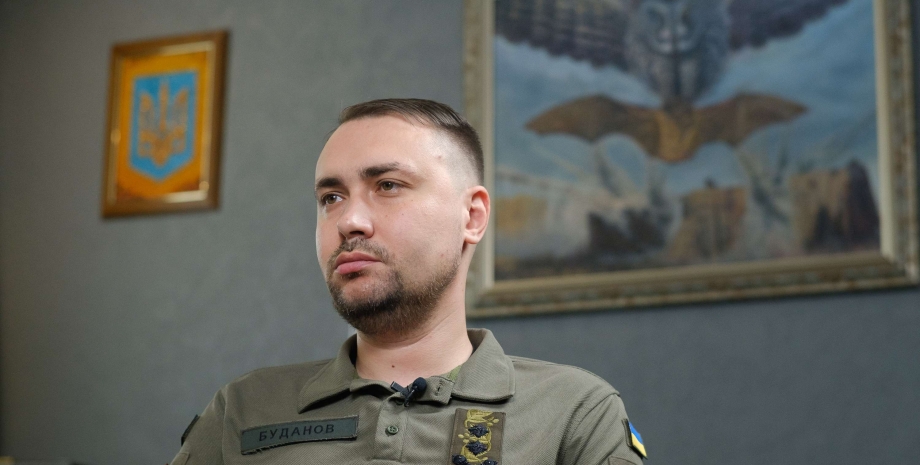
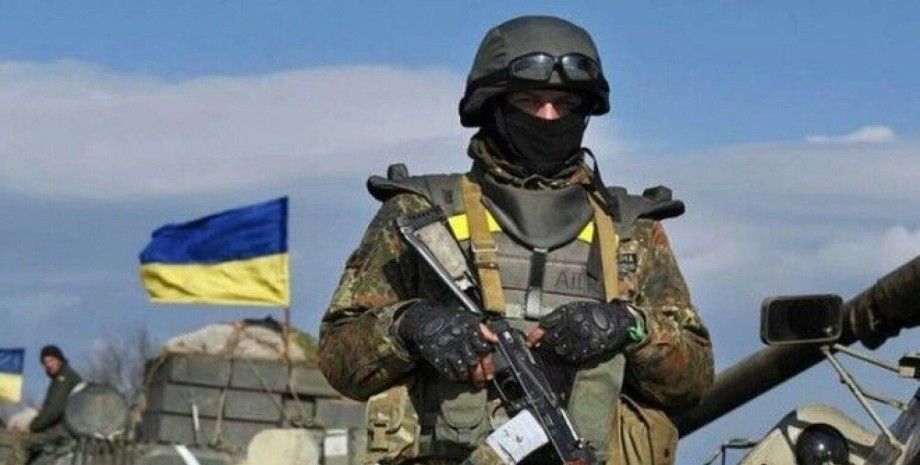
All rights reserved IN-Ukraine.info - 2022